How to Make a Couch in Front of a Window Work — Designers Share Simple Tricks to Master This Layout
Sometimes, putting your sofa in front of your living room's window is the only layout that makes sense. Here, designers share how to do it (and do it well)
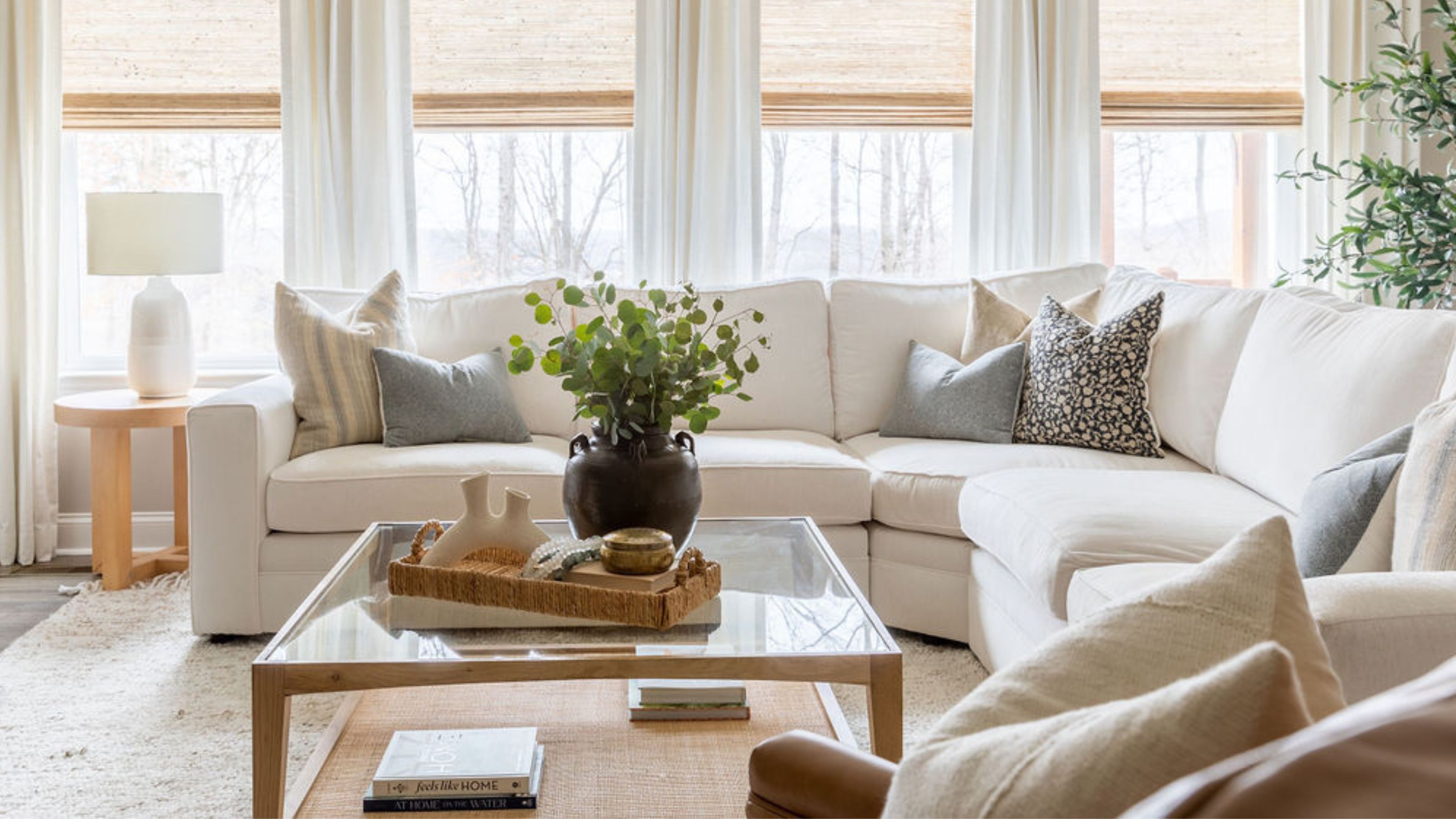

Emma Breislin
Sometimes, the size of your living room or its specific layout means you can't help but position the couch in front of a window. While some designers say it's best to avoid this if you can — it can block natural light, look awkward, and be more prone to cool drafts and breezes — there are ways to make it look cohesive and considered.
"Scale always matters," says interior designer Anna Popov of Interiors by Popov. "If your sofa is going to dwarf the window, think again before placing it in front of it, as the aesthetic balance of your home will be thrown off."
But when done well, placing your couch in front of a window can actually be an ingenious small living room layout idea. To help you achieve a balanced layout, we asked the experts how to do it right.
Their advice?
- Think about couch color
- Position away from the window
- Consider different seat styles
- Be practical about fabrics
To make it work, you'll need to consider the flow of the space, it's primary light source (particularly if it's natural light that may be reduced), and the size of your couch and window.
1. CHOOSE A LIGHTER COLORED COUCH
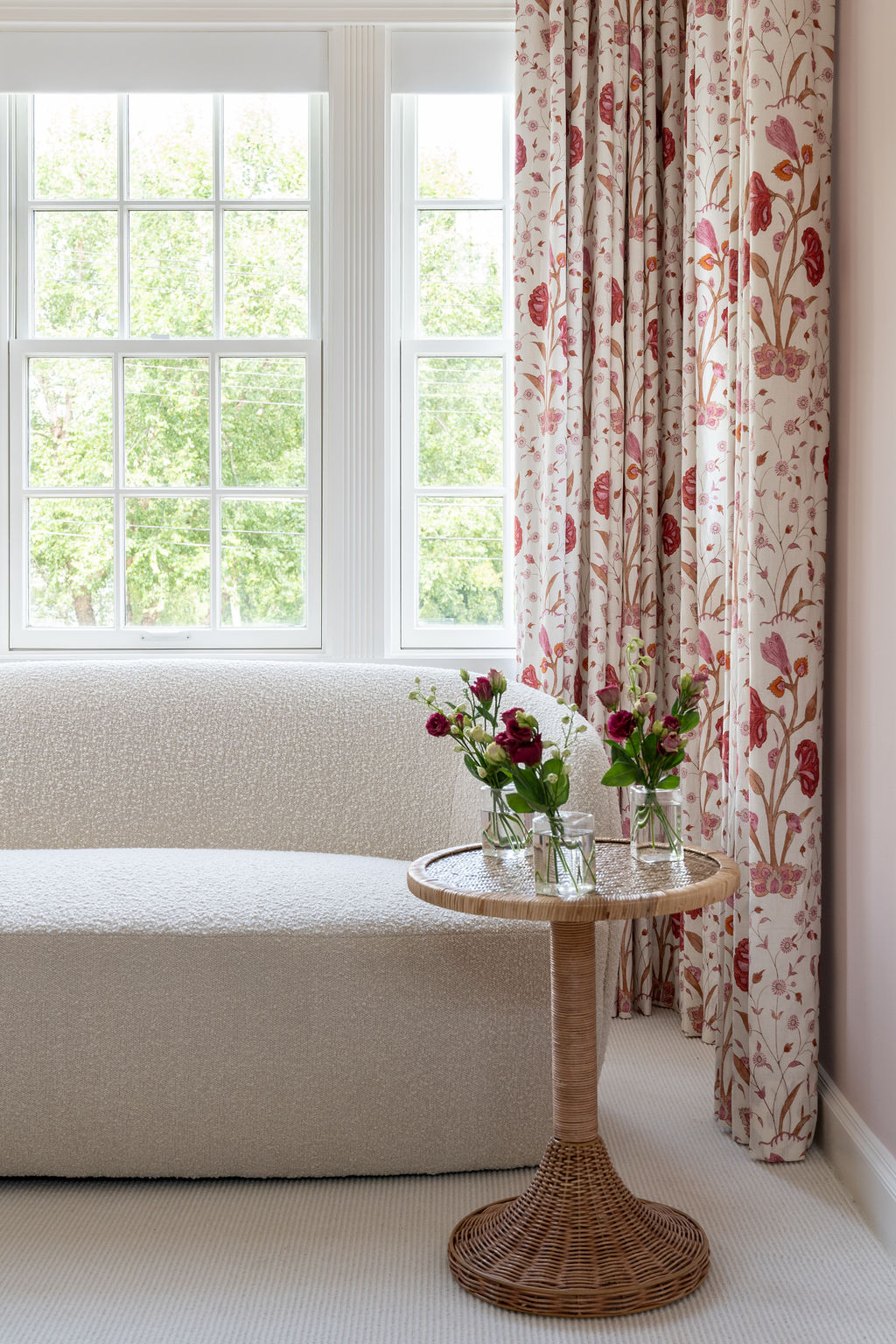
When positioning a couch in front of a window, it's important to consider how it will affect natural light in the space. Opting for a couch with a lighter fabric has two main benefits: not only will it help reflect light around the room, but it will also be less susceptible to fading.
"The primary benefit of a window is the light that it brings to a room, so by placing a sofa in front of one, you're actively stopping this from happening," points out James Patmore, a product design specialist who has worked with the likes of Soho Home, Habitat and Tom Dixon. While darker colors will absorb the light, brighter colors will help to reflect it around the space, and reduce any negative impacts it may have caused.
Alternatively, too much natural light in a room can cause a sofa that's placed directly in front of a window to fade significantly faster than one positioned against a solid wall. "The darker the upholstery, the faster the fade," adds Washington-based interior designer Anna Popov. "This is especially true of waterfront properties, where the reflection from the water speeds up the effect of the UV rays."
The solution? Choose lighter colored couches. "With lighter, neutral shades, the difference over time is much less obvious," says Anna. "While there are various ways to protect one's furniture from sunlight, these are important points to consider when designing your space."
But if you have your heart set on a darker black or blue sofa, there are ways around it, still. "If lighting impacting fabric is a concern, I suggest adding living room curtains," says Nikki James, interior designer and studio manager for award-winning home builder Ashton Woods. "Not only do they act as a stunning backdrop to your sofa, but they can help protect your furniture from UV rays."
2. SET THE SOFA AWAY FROM THE WINDOW
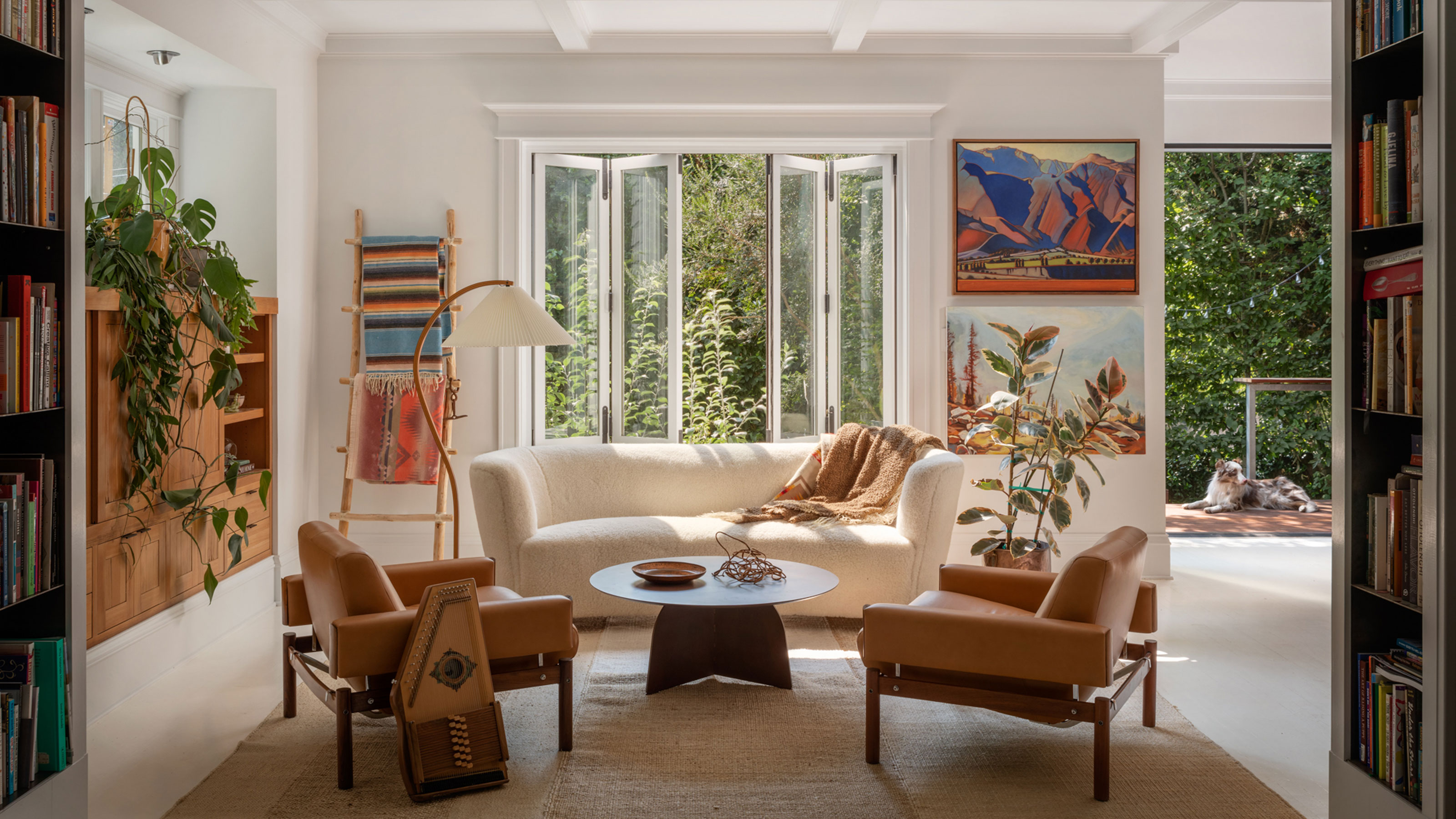
If you have the depth, but the only place to position the couch is in front of the window, think about keeping it a distance away from the edge of the room. Not only will this reduce the amount of obstructed natural light and access to views, but floating furniture can also make it look more considered in the space.
"A sofa should sit at a minimum of 6-8 inches from the window," advises interior designer Shoshanna Shapiro, the owner and principal at Maryland-based studio Sho and Co.
"If foot traffic is expected behind the sofa, we recommend keeping at least three feet between the sofa and the window," adds Anna Popov. Regardless, it's best to never let a sofa touch the wall. "You want to leave open space to account for any kind of window treatment, as well as to protect the wall and sofa from damage," adds Anna.
"Measure and map your space out first to get an idea for what you're playing with, and leave enough room to walk around comfortably," suggests Dani Burroughs, head of product for sofa-in-a-box brand Snug. "It can be snug, but no one wants it to be a squeeze." For added style points, leave some space for a side table, floor lamp or indoor plant.
3. TRY DIFFERENT TYPES OF SEATING STYLES
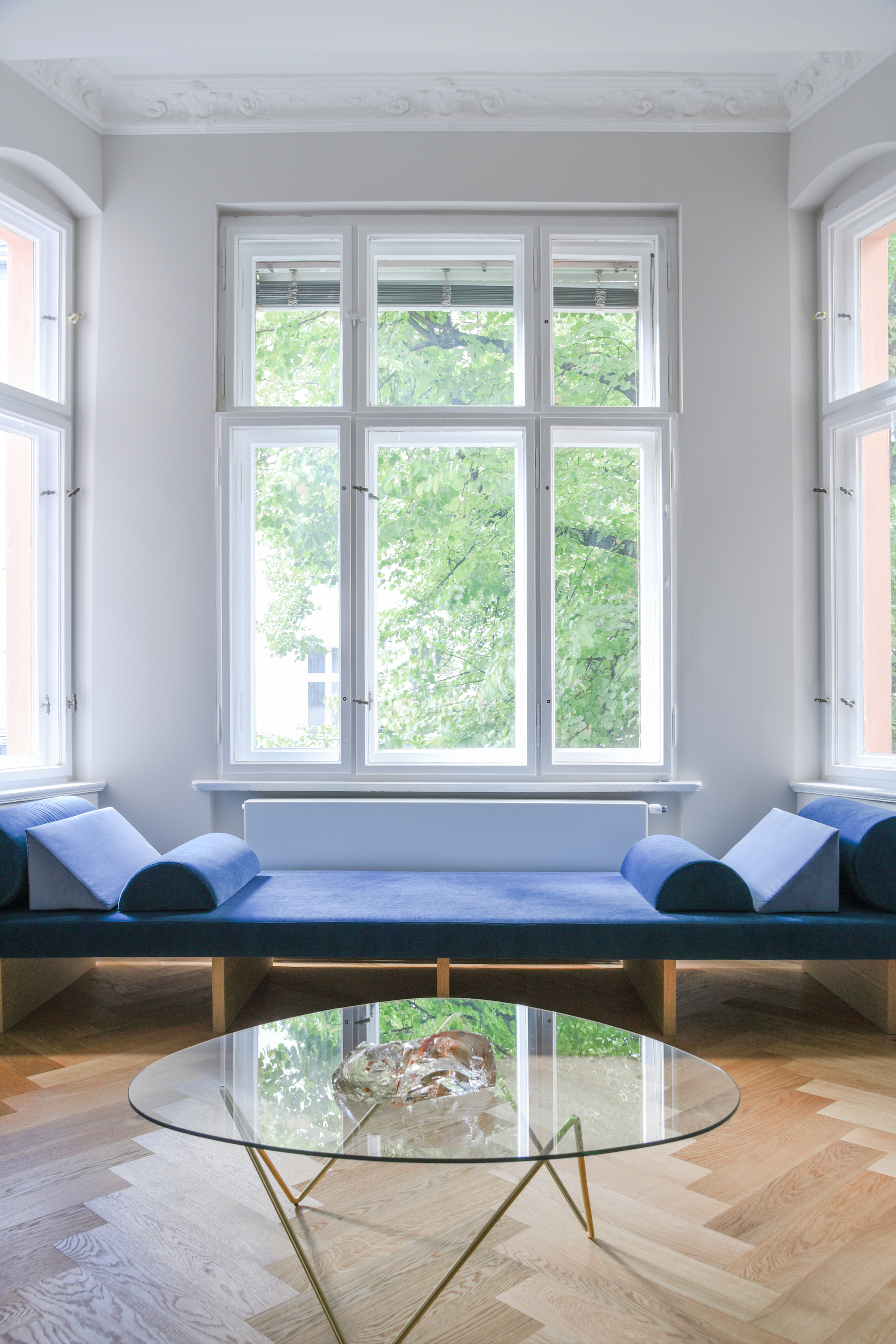
A framed window or bay area of a room is often a natural space to want to slot additional seating, but sometimes a sofa isn't the best option. Daybeds in living rooms or a built-in window seat are clever alternatives for such spaces, and also tend to take up less room. "A window seat should sit at 18 inches high," recommends interior designer Shoshanna Shapiro.
If you're set on a sofa, opting for one that's low profile will help it slip underneath the window, or alternatively, you could go for something modular that has added versatility. "Look for a sofa that grows with you and your lifestyle as your needs change," recommends Dani Burroughs. "This will mean you can turn your three-seater sofa into a corner sofa in a moment's notice by simply adding new pieces, and move your sofa around the room if you want to chop and change."
4. OPT FOR DURABLE FABRICS
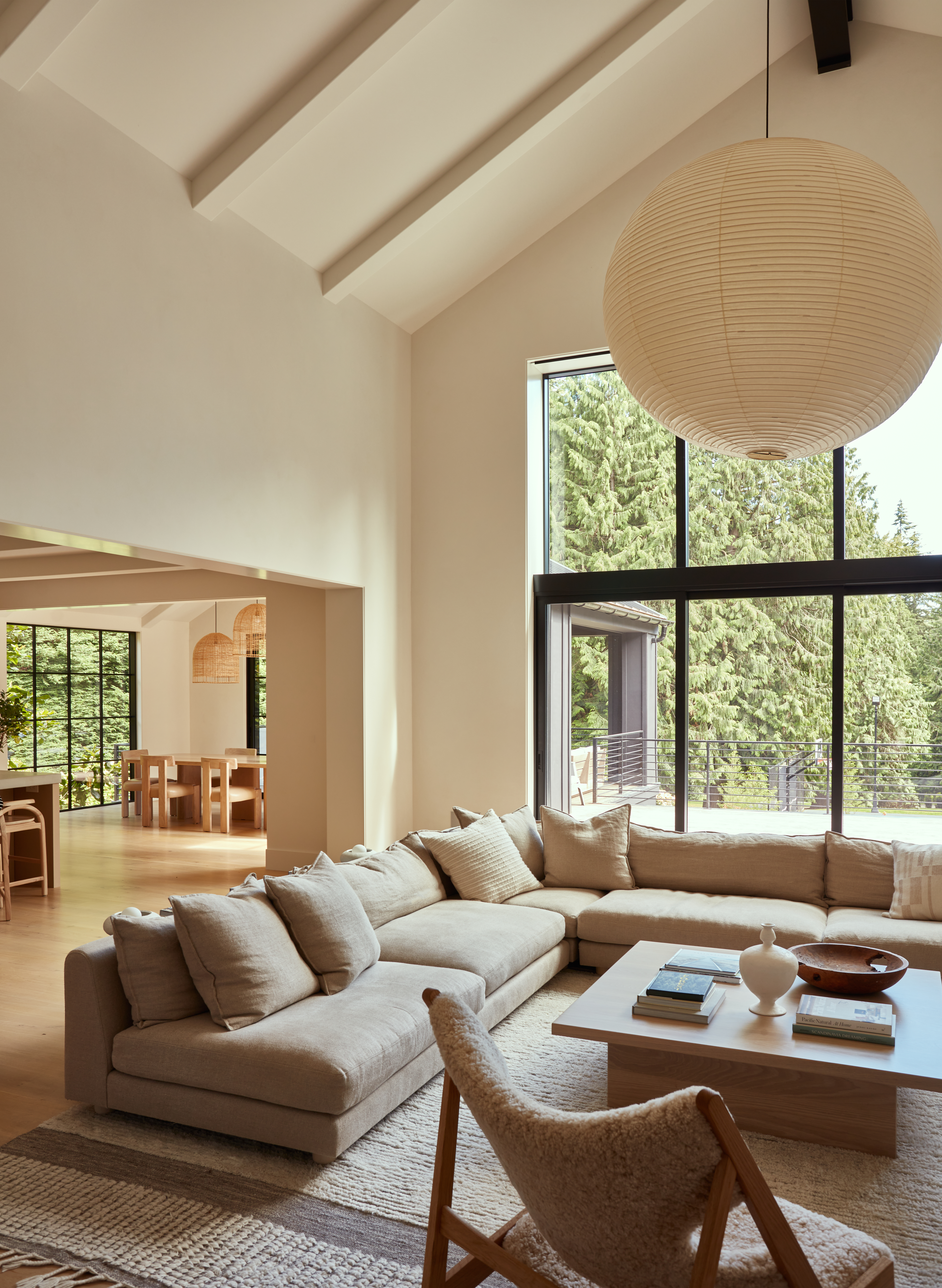
Usually, mold build up happens in humid rooms such as the bathroom, but if you live in a tropical area with damp conditions, the issue could take place in the living room, too. In such open spaces, mold is often a result of poor airflow, which could happen if your sofa is obstructing the breeze.
If you do see mold patches growing on your sofa, you should clean it away as quickly as possible, as the spores released can cause serious respiratory conditions. In cases of black mold, you will need to get the sofa professionally cleaned. Interestingly, certain houseplants prevent mold and could be the natural remedy you need.
Considering durable, high-end fabrics that don't require constant maintenance will ensure your sofa not only looks good, but is less likely to attract such issues. It will also mean it's less susceptible to fading, so it's a win-win all round.
WHAT ALTERNATIVES ARE THERE TO A SOFA IN FRONT OF A WINDOW?
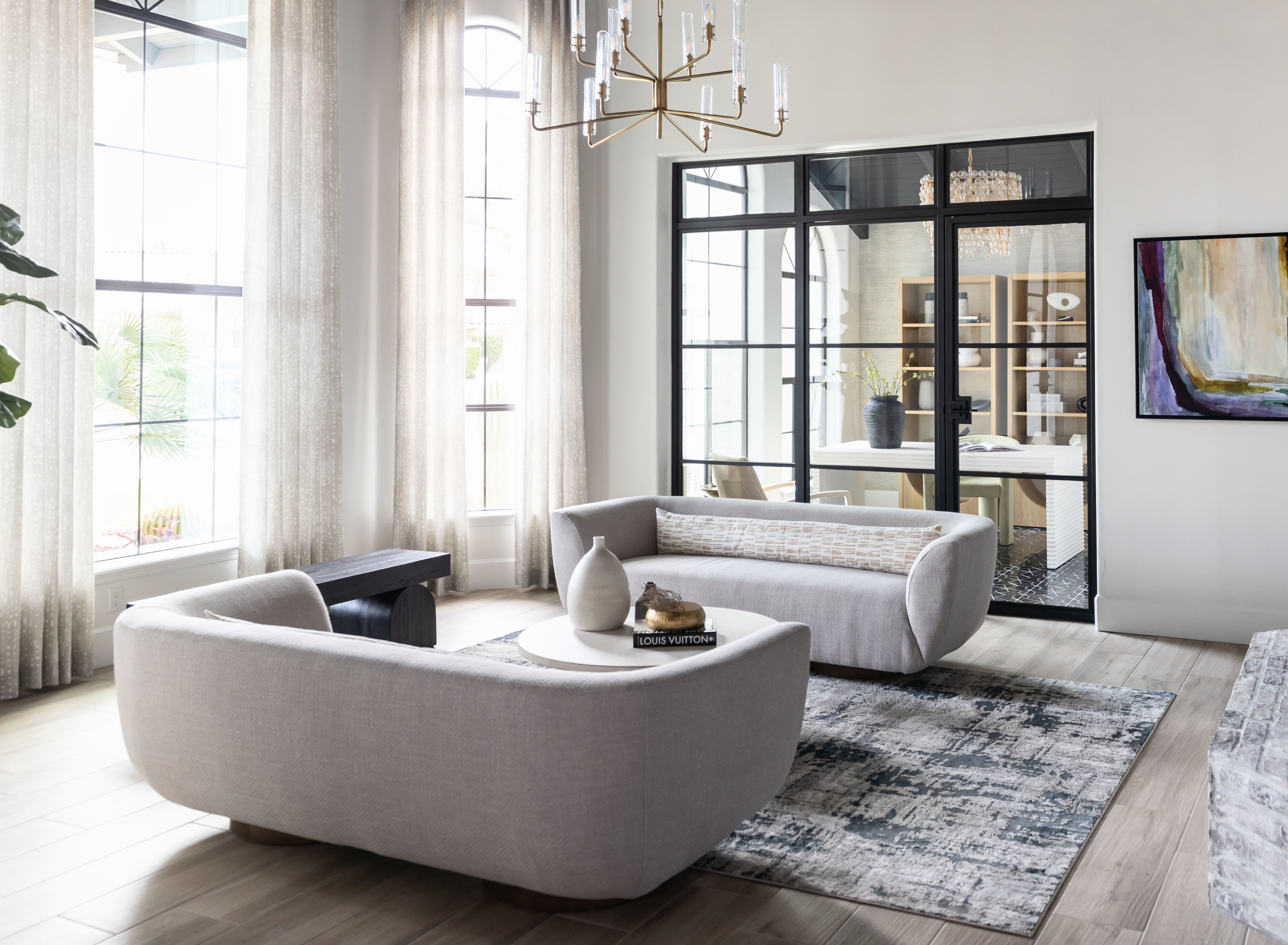
Sometimes, in some spaces, a couch in front of a window isn't the best option. Every layout will dictate where the sofa is best placed. To work out the ideal way for your living room, look for architectural lines like living room corners that an L-shaped sofa can slip into, or a dado rail under a window where a sofa might snugly fit.
Sometimes there will be obstacles in the space. Keep your sofa away from central heating, and avoid positioning it in front of doors and areas dedicated to traffic flow. "The flow of a space will help dictate where to place your sofa," notes Anna. "It should improve rather than impede movement in a home."
You also don't want it to obstruct particular architectural details. "If you have a period property with a statement window, it would be worth considering if you could place your sofa perpendicular to the window instead, so that you aren't obstructing a beautiful architectural feature," says interior designer Rachel Usher.
For others, the optimal placement might be a layout that encourages conversation. "Place two sofas parallel to each other to help with conversation and interaction," says Alexandra Epstein, lead interior designer at Purple Cherry Architects.
It's also important to identify your intended purpose for the space, and how the position of your sofa can complement this. "If you want to celebrate a focal point, a TV, fireplace or view, then have the sofa face it; if you want it to be a place of conversation, place the sofa opposite a pair of occasional chairs or another sofa," says James Patmore. "You can rank these desires in order of importance, then maybe arrange the space so that you can cater to more than one."
WHAT DOES FENG SHUI SAY ABOUT PUTTING A COUCH IN FRONT OF A WINDOW?
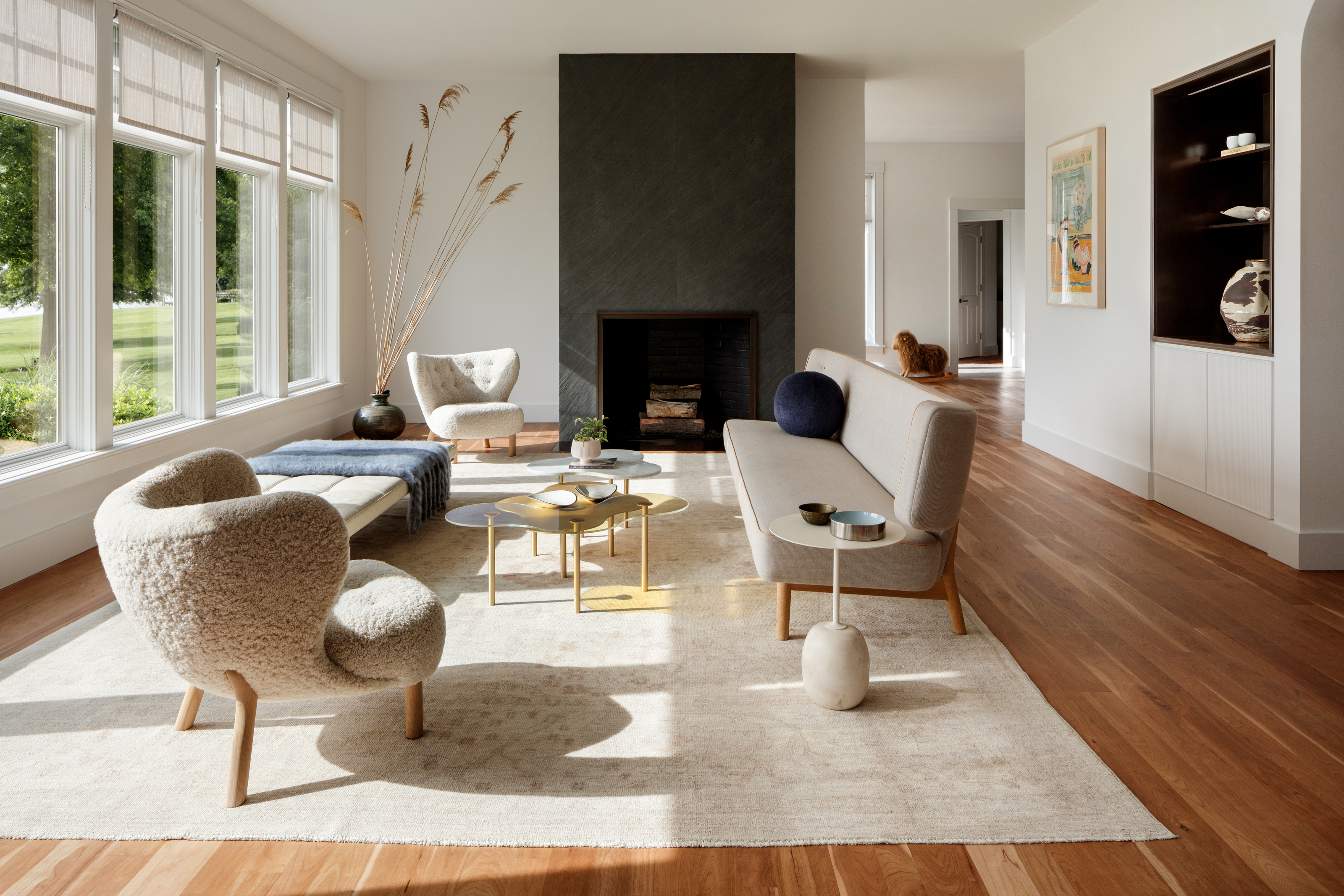
When it comes to working out the layout of any space, it's always a good idea to consult the ancient principles of Feng Shui. Unfortunately, in this instance, living room Feng Shui practice says that positioning a sofa in front of a window is a bad idea, as it blocks the free flow of chi and can lead to an imbalance in the space.
As the central element of the room, your sofa should be positioned so that all the positive energy flows towards it. It should be in a commanding position within the room — somewhere you can see the door and the space in its entirety. And it should be placed against a solid wall.
That's not to say you've got to go without seating, though. If you can manage to squeeze a smaller sofa somewhere else in the room, Feng Shui beliefs say that you can still put a pair of chairs, or lower-slung, more lightweight furniture in front of the window without throwing off the room's energy.
While generally advised against, it is absolutely possible to put a sofa in front of a window in your living room, while ensuring the space looks considered and the layout deliberate.
To ensure the space still receives adequate natural light and airflow, opt for durable, high-quality fabrics in lighter colors. Try to position the sofa slightly off the wall, or switch up your seating options altogether with daybeds, window seats, or even a pair of occasional chairs over a bulky sofa.
Take cues from the space and its specific architecture, and design a layout that embraces the space you've got.
Be The First To Know
The Livingetc newsletters are your inside source for what’s shaping interiors now - and what’s next. Discover trend forecasts, smart style ideas, and curated shopping inspiration that brings design to life. Subscribe today and stay ahead of the curve.

Former content editor at Livingetc.com, Oonagh is an expert at spotting the interior trends that are making waves in the design world. She has written a mix of everything from home tours to news, long-form features to design idea pieces, as well as having frequently been featured in the monthly print magazine. She is the go-to for design advice in the home. Previously, she worked on a London property title, producing long-read interiors features, style pages and conducting interviews with a range of famous faces from the UK interiors scene, from Kit Kemp to Robert Kime. In doing so, she has developed a keen interest in London's historical architecture and the city's distinct tastemakers paving the way in the world of interiors.
- Emma BreislinInteriors Editor
-
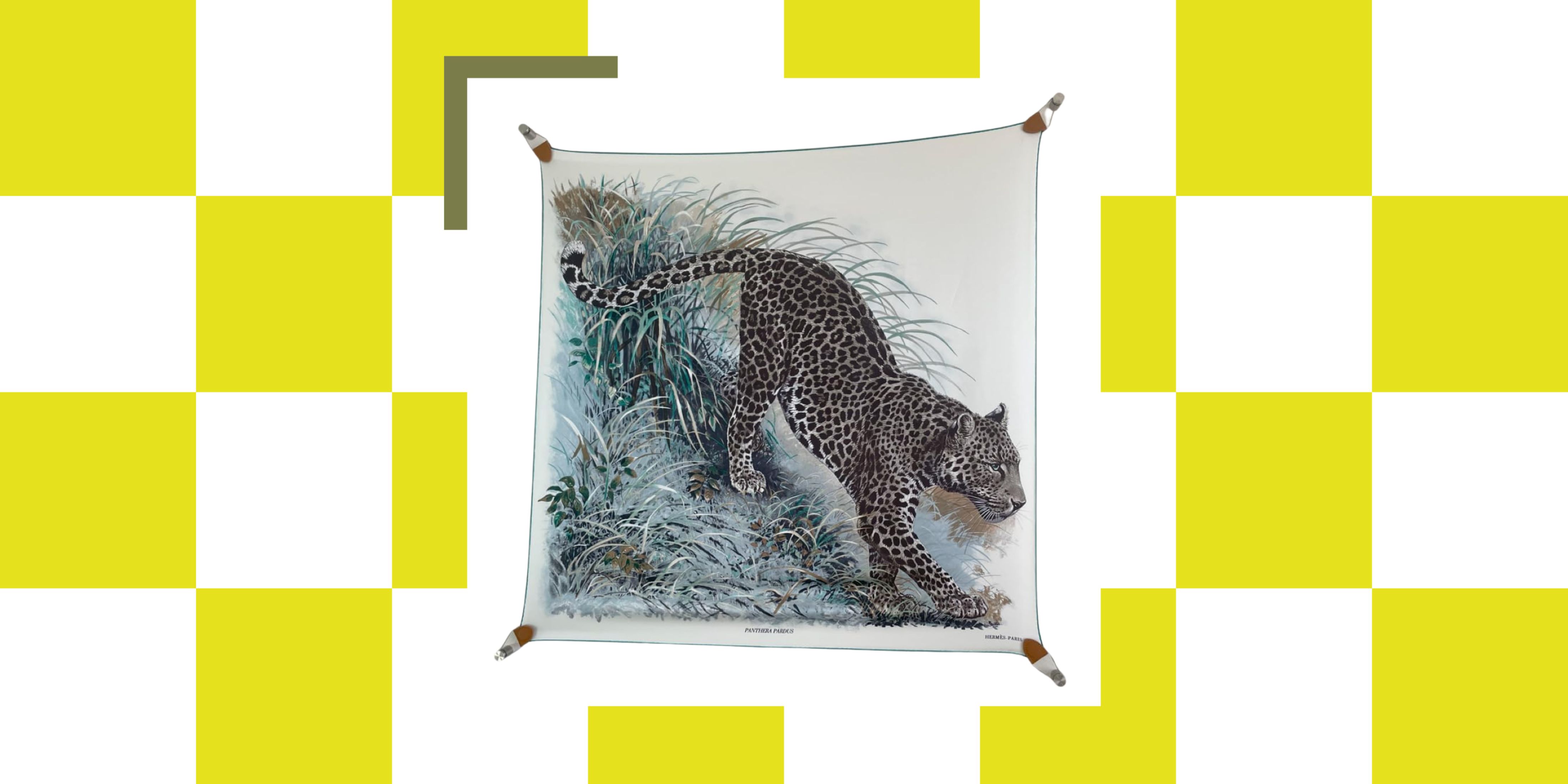 The Easiest Way to Turn Your Designer Scarf Into Wall Art — No Frame, No Fuss, No Regrets
The Easiest Way to Turn Your Designer Scarf Into Wall Art — No Frame, No Fuss, No RegretsBecause silk this pretty should never stay in a drawer
By Julia Demer Published
-
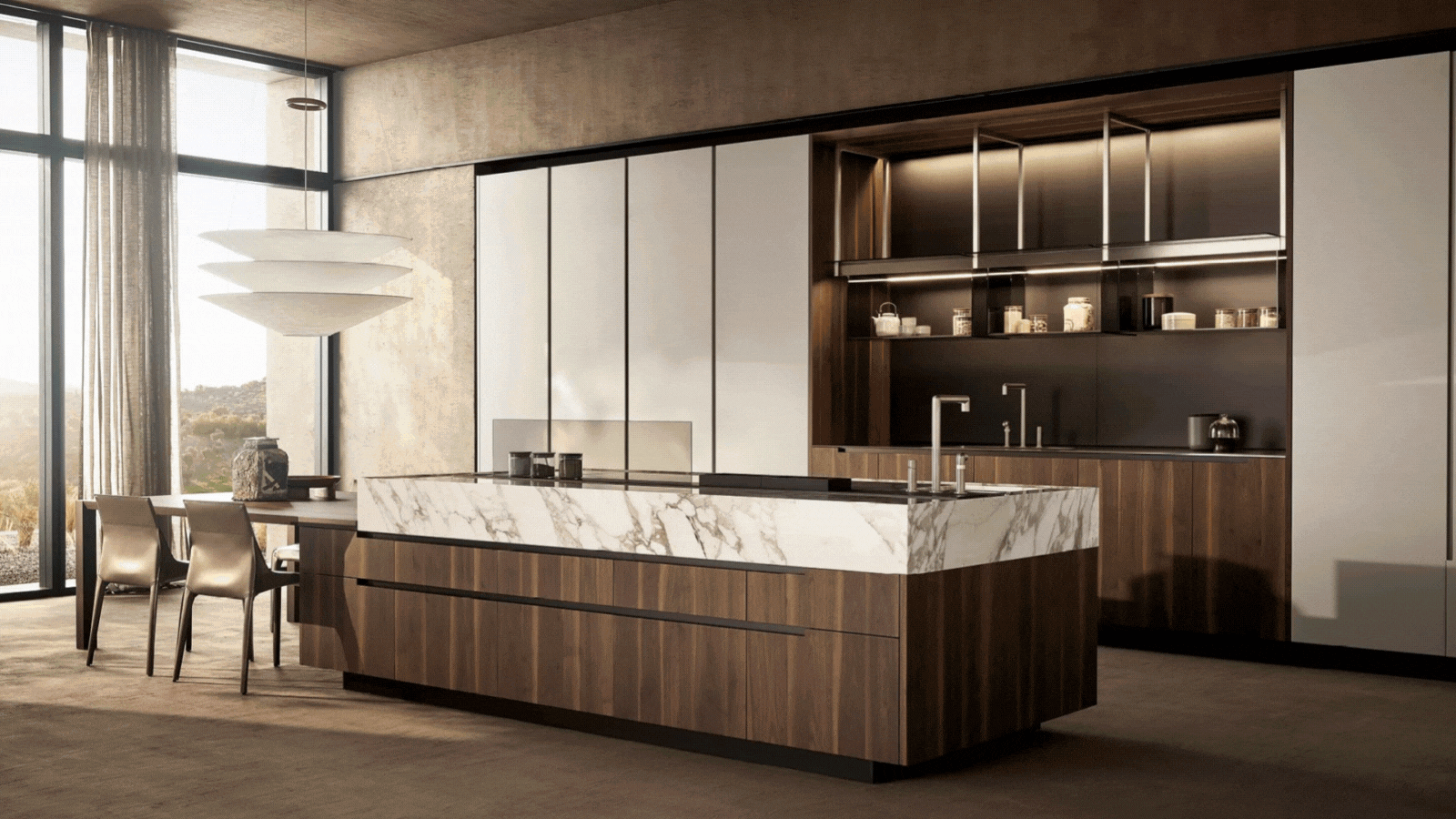 Italian Kitchen Trends — 5 Emerging Ideas From the Chicest Italian Designers That I Predict Will Go Global in 2025
Italian Kitchen Trends — 5 Emerging Ideas From the Chicest Italian Designers That I Predict Will Go Global in 2025Fresh from Milan Design Week, these are the exciting finishes, styles, and innovative materials I can't wait to see in more kitchens this year
By Faiza Saqib Published